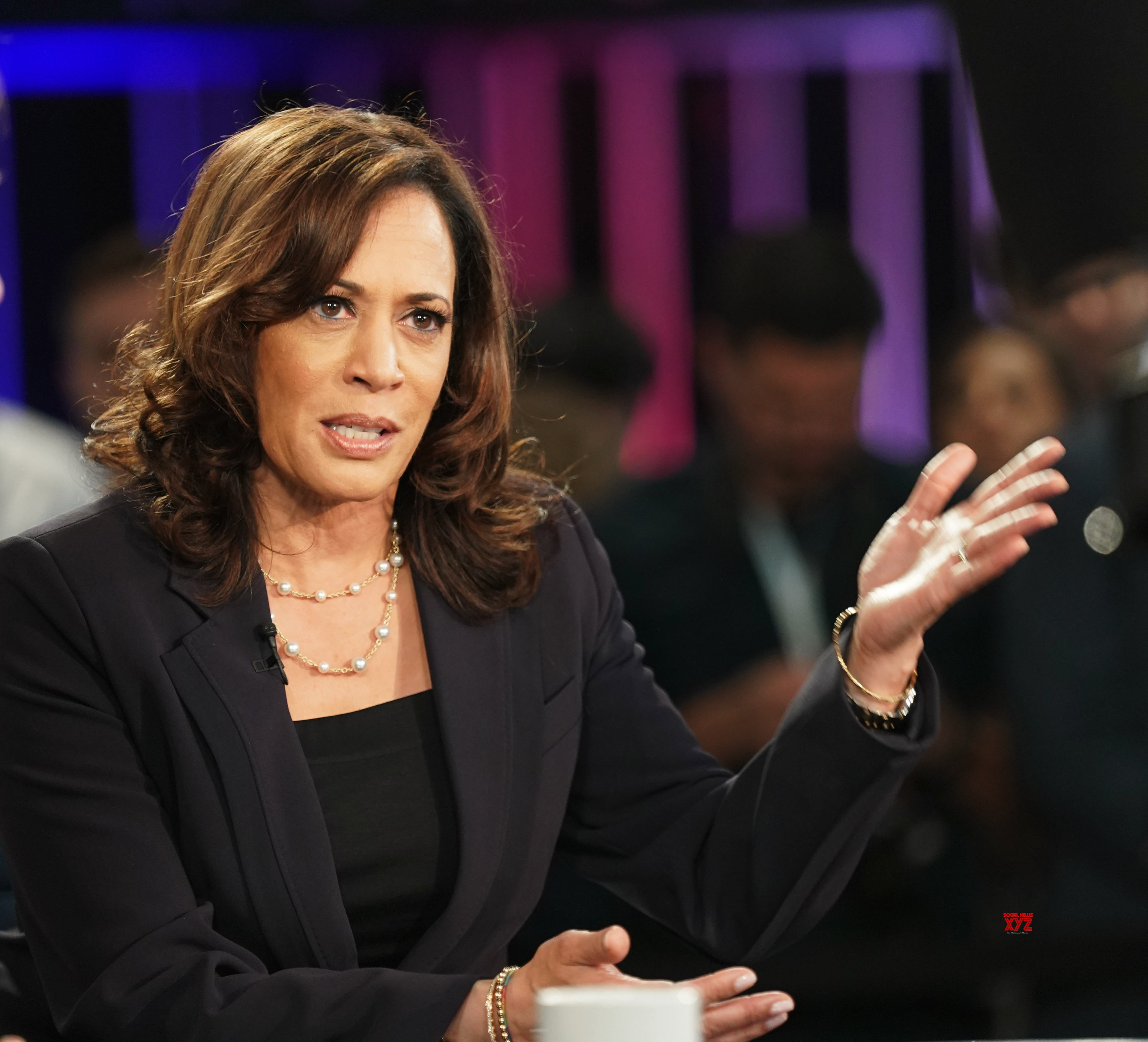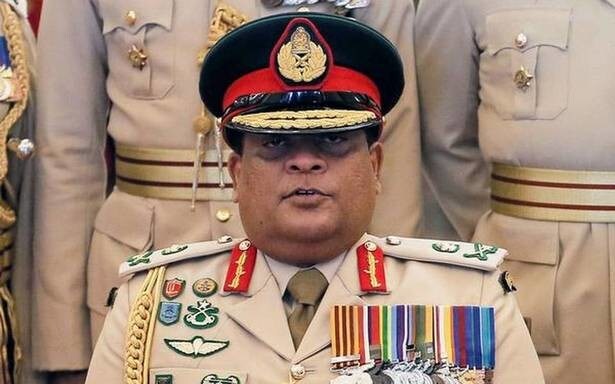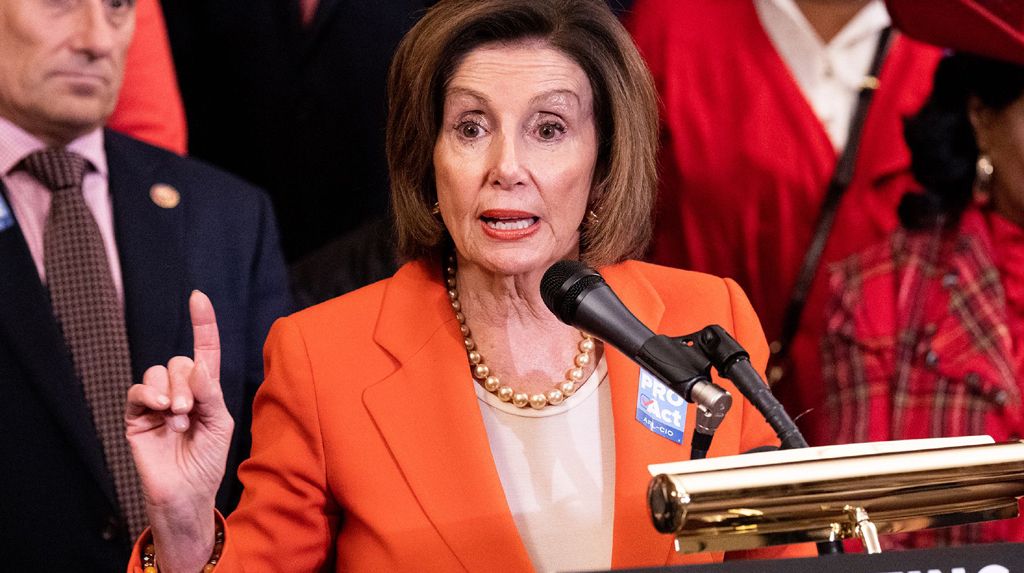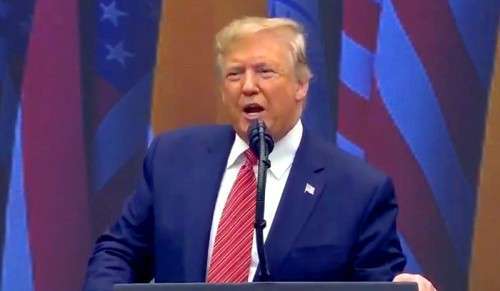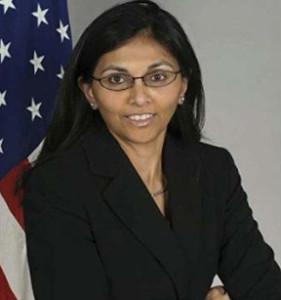 WASHINGTON: India has become a key player and an important partner in advancing maritime security in the Indo-Pacific region and there was an “unprecedented” US-India cooperation to protect freedom of navigation for all nations, a top American diplomat has said.
WASHINGTON: India has become a key player and an important partner in advancing maritime security in the Indo-Pacific region and there was an “unprecedented” US-India cooperation to protect freedom of navigation for all nations, a top American diplomat has said.
“As a regional power that is committed to advancing the rules-based international order, India has become a key player and an important partner in advancing maritime security in the Indo-Pacific,” Assistant Secretary of State for South and Central Asia Nisha Desai Biswal told a Washington audience.
“As such, our bilateral cooperation is increasingly taking on trilateral and multilateral aspects,” Biswal said yesterday at the Centre for a New American Security, a US think-tank.
Biswal’s remarks come just ahead of the visit of Prime Minister Narendra Modi’s to the US this week. Modi will lead the Indian delegation at the Nuclear Security Summit hosted by President Barack Obama on March 31 and April 1.
“The high-level engagements between our two countries since May of 2014 include six at the leader-level, including the Nuclear Security Summit this week, and we could well see more before the end of the administration,” Biswal said.
The area of greatest potential, however, is in maritime security, especially as the US engage in an unprecedented cooperation with India, the region’s largest maritime power.
Nearly 90 per cent of global trade relies on maritime shipping and the Indian Ocean is the super-highway for much of this commerce. From 1992 to 2012, the average ships in the Bay of Bengal and the Arabian Sea jumped by over 300 per cent.
She said as the Asian economies continue to rise, so will the need for greater maritime security in Indo-Pacific region.
“We have seen in other maritime areas that tensions emerge when countries seek to advance competing territorial claims through unilateral actions. But the Bay of Bengal presents a more optimistic example, one where a dominant power worked with its neighbors to amicably resolve claims through international arbitration,” Biswal said. Last year, US’s annual naval exercise with India, MALABAR, included ships from Japan’s world-class navy, and maritime security was a central focus of inaugural US-India-Japan ministerial in New York last September, she said.
And last summer, for the first time Indian vessels joined the US, China, and 20 other nations in the RIMPAC exercise, the world’s largest international maritime exercise.
“Through the US-India Defense Technology and Trade Initiative, for the first time ever we’re working together with another country on its indigenous aircraft carrier development program. In the not-too-distant future, we hope to see the day when the US and Indian navies, including our aircraft carriers, are cooperating on the high seas, protecting freedom of navigation for all nations,” she said.
The top US diplomat said there is no question that a rising India, now the world’s fastest-growing large economy, is and will continue to be the engine of South Asia’s growth.
“But India is certainly not the only game in town,” she noted.
Bangladesh, with its two decades-long streak of about 6 per cent growth per year, is on track to become a top-thirty economy by 2030. Sri Lanka may benefit as it is a strategic maritime gateway to some of the largest markets in Asia.
“Much of the focus has been on the economic partnership, and while there continue to be challenges, we have seen a dramatic rise in US investment in India, which today outpaces US investment in China. In parallel, we have elevated our commercial relationship with India by inaugurating a Strategic and Commercial Dialogue and revitalizing the CEO Forum,” she said.
Defense trade between the two nations has increased substantially, from USD 300 million over a decade ago to close to USD 14 billion.–PTI

